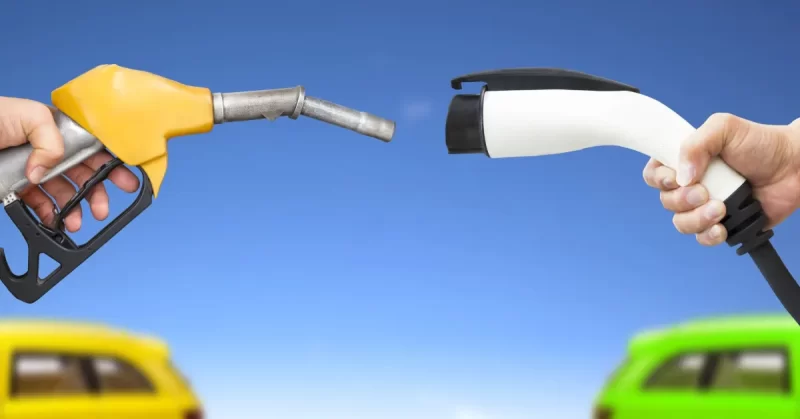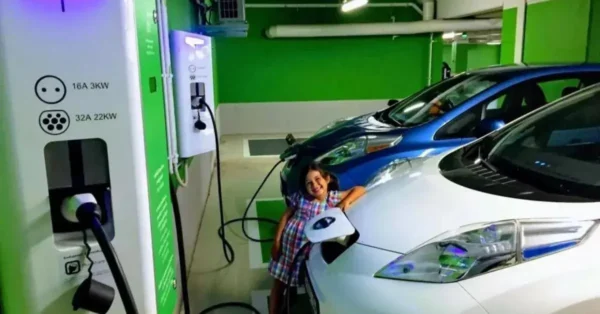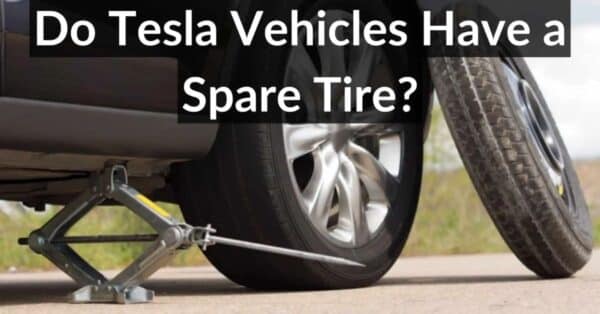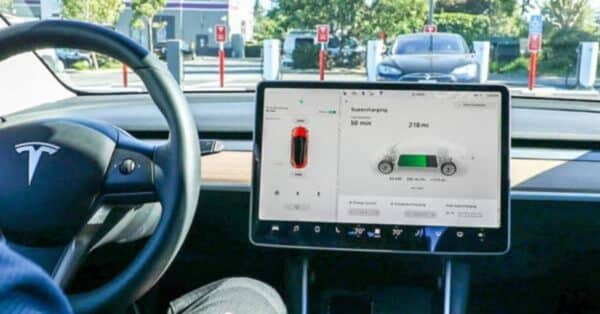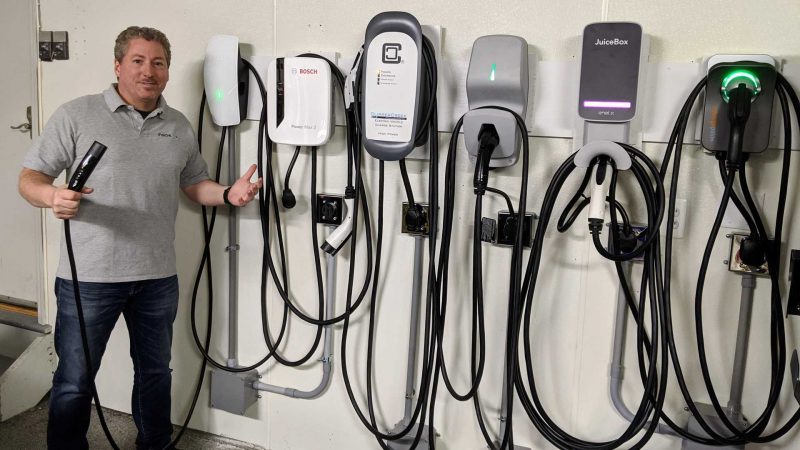Are there any special packaging or presentation features associated with the Sp5der Pnk V2 Hoodie Black that set it apart from standard black Sp5der hoodies
Answer: The Sp5der P*nk V2 Hoodie Black features a unique and eye-catching design that sets it apart from standard black Sp5der hoodies. The hoodie showcases

